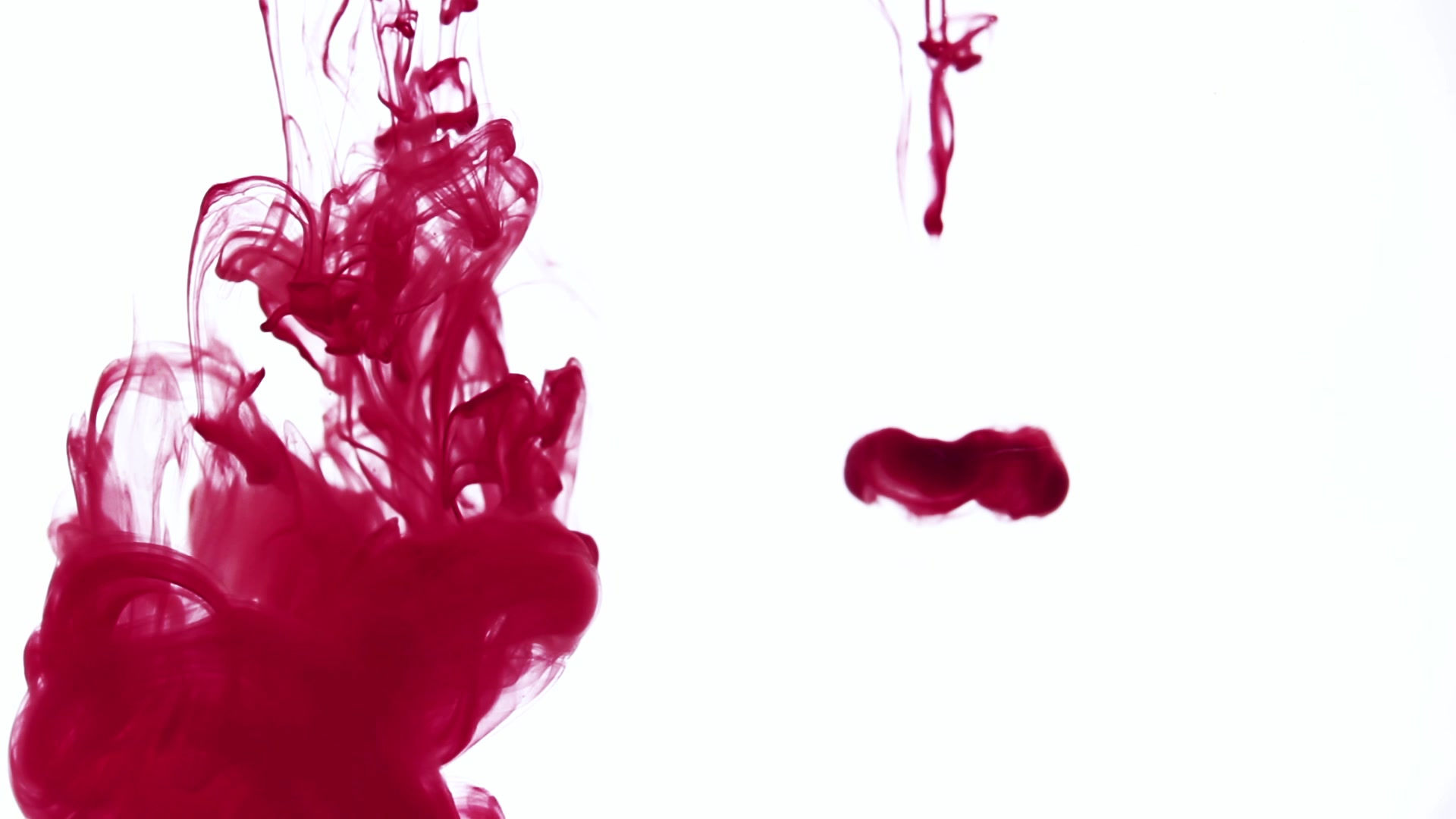📷
Valentine's Day means different things to different people. For some, the day is celebrated with heart-shaped DIY Valentine's Day cards, thoughtful gifts of flowers or jewelry, and romantic Valentine's Day dinner plans. For others, it's simply marked by time spent with a loved one and reading romantic Valentine's Day quotes, or posting a Valentine's Day caption on a cute couples Instagram photo. And to many more, it's just another day on the calendar—one that means very little, if anything at all.
But no matter your personal relationship with the day, odds are, you've found yourself wondering about its origins from time to time. How did February 14 first come to be considered the day of love, anyway? What's the origin of Valentine's Day—and why have its romantic themes persisted to this day?
Oh, and while we're at it, where does the word "Valentine" come from?
As it turns out, nobody really knows the true history behind this storied holiday, nor do any of the theories completely check out. Even historians find themselves arguing over the exact traditions from which the present-day holiday takes inspiration.
But here, we're sharing as much as we know about the topic, including the murky origin of Valentine's Day and its interesting history. Surprisingly, its backstory—though not confirmed—is actually quite dark and even a bit bloody. Strange traditions, pagan rituals, and grisly executions abound. If you're not faint of heart though, you'll enjoy learning about everything we've compiled here. Who knows? It might even inform your Valentine's Day wishes!
📷A Valentine’s Day postcard circa 1913. UNIVERSAL IMAGES GROUP / GETTY IMAGES
WHERE DOES THE WORD VALENTINE COME FROM?
The day is named, of course, for St. Valentine—we all know that by now. But why? Who is this mysterious Valentine?
According to The New York Times, it's possible that the heart-filled holiday is based on a combination of two men. There were, after all, two Valentines executed on February 14 (albeit in different years) by Emperor Claudius II, reports NPR. It's believed that the Catholic Church may have established St. Valentine's Day in order to honor these men, who they believed to be martyrs. What's more, it's possible that one of these men, Saint Valentine of Terni, had been secretly officiating weddings for Roman soldiers against the emperor's wishes, making him, in some eyes, a proponent of love.
But others believe that St. Valentine's Day was actually designated by Pope Gelasius I in order to replace the ancient Roman festival Lupercalia.
📷St. Valentine's Day circa 1800.UNIVERSAL HISTORY ARCHIVE/UIG VIA GETTY IMAGES
The debaucherous feast fell around the same time and involved a pagan ritual of naked men whipping women with the blood-soaked hides of sacrificial animals (yes, really), which they believed promoted fertility. Following this flagellation was an equally strange tradition, in which men selected women's names at random to decide who would remain together the rest of the festival, or, if the match was successful, for life.
However, a University of Kansas English professor, the late Jack B. Oruch, had a different theory, notes the Times: Through research, he determined that the poet Geoffrey Chaucer linked love with St. Valentine for the first time in his 14th-century works "The Parlement of Foules" and "The Complaint of Mars." Therefore, Oruch claimed that Chaucer invented Valentine's Day as we know it today. (At the time of Chaucer's writing, February 14 also happened to be considered the first day of spring in Britain, since it was the beginning of birds' mating season—perfectly appropriate for a celebration of affection.)
📷Geoffrey Chaucer, one of England's great poets.GETTY IMAGES
WHY DO WE CELEBRATE VALENTINES DAY?
Whether or not Chaucer can be fully credited, it is true that he and fellow writer Shakespeare popularized the amorous associations surrounding the day. Soon, people began penning and exchanging love letters to celebrate Valentine's Day, and by the early 1910s, an American company that would one day become Hallmark began distributing its more official "Valentine's Day cards." Flowers, candy, jewelry, and more followed, and the rest, of course, is history.
📷A Valentine’s Day postcard from 1910.UNIVERSAL IMAGES GROUP / GETTY IMAGES
WHAT PART DOES CUPID PLAY ON VALENTINE'S DAY?
It's not all about St. Valentine! Cupid—that winged baby boy often seen on Valentine's Day cards and paraphernalia—is another symbol of this love-filled holiday, and it's easy to understand why. In Roman mythology, Cupid was the son of Venus, goddess of love and beauty. He was known for shooting arrows at both gods and humans, causing them to fall instantly in love with one another. While it's unclear exactly when Cupid was brought into the Valentine's Day story, it's certainly clear why.
TAYSHA MURTAUGH Lifestyle EditorTaysha Murtaugh was the Lifestyle Editor at CountryLiving.com.
REBEKAH LOWIN Lifestyle EditorRebekah Lowin is the Lifestyle Editor for Country Living, covering entertaining, home decor, DIY, gardening, holiday, and more.


Comentarios